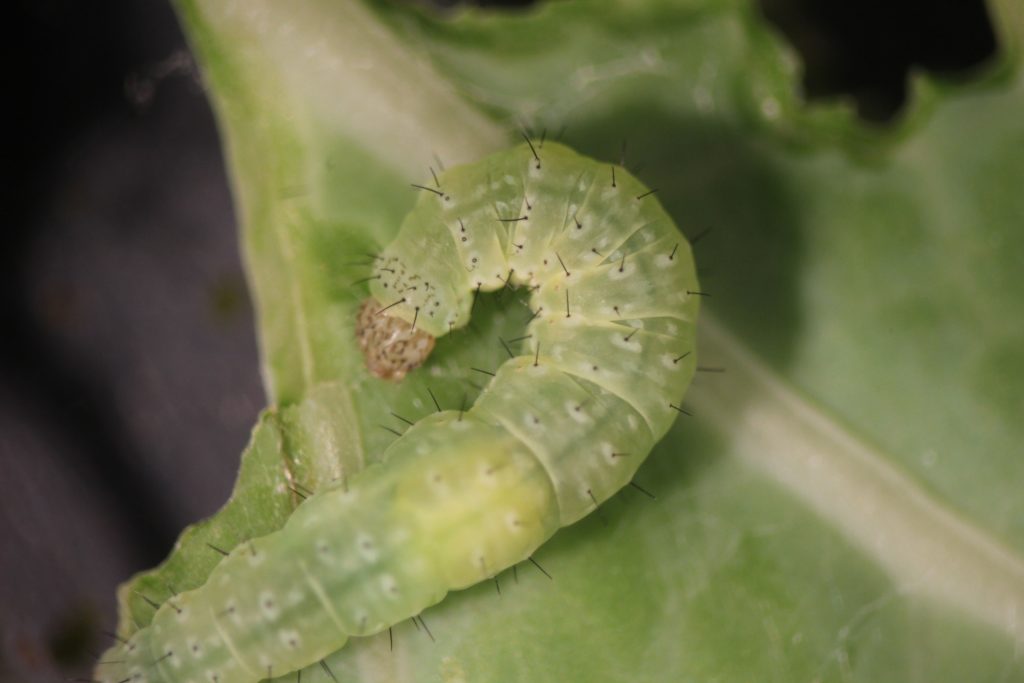By Clint Thompson
One pest that Georgia vegetable growers can bank on for the upcoming season is diamondback moth. Its high resistance to insecticides makes it an annual pest that growers need to be wary of, according to Stormy Sparks, University of Georgia (UGA) Cooperative Extension vegetable entomologist.

“We have products that when they first come out, they were probably 95% 98% effective. A good product now is probably in the 80% to 85% range. Every one of them, with maybe one or two exceptions, every one of them you could find populations where 95% is down to 20%,” Sparks said. “It can be pretty severe.”
Multiple Generations
There are multiple generations per year in Georgia, according to UGA Extension. Generation time will slow considerably in the winter months, though, increased moth activity has been observed when temperatures are higher than normal in the winter months of December and January. That could be the case this winter with a La Nina weather pattern expected.
Diamondback moths are also prolific in that there could be 3 to 4 generations during a fall season or 12 or 13 per year.
The larvae will feed on foliage. Early instars can cause small channels in the leaf surface. Larger larvae can cause perforations in the leaf. Populations above 0.3 larvae per plant need to be controlled.
“Everything that’s ever been registered for diamondback moth we have had resistance to it in Georgia. It varies field by field, seasonally. Year to year, it’ll vary somewhat,” Sparks said. “The anticipation of having a completely clean crop is just really not there anymore.
“Diamondback is also kind of strange among our pests in that there’s no predictable seasonality. They can appear, or they can disappear any time of the year. It used to be where it was more of a spring problem. But we can have them in the middle of the winter. You could have them in the middle of summer. Any time of the year you could have a problem.”
Migratory Pest
Growers also need to be concerned about the insects’ ability to be transported over from different regions of the country.
“It can be in other states, too. Unfortunately, it can be exported. When you send transplants to other parts of the country, you can send insects with those transplants, and they’d be resistant,” Sparks said. “Diamondback is also a migratory pest. The vast majority of our problems are homegrown. But it’s a migratory pest. You could have insects that are selected for resistance here or Florida end up in other areas.”









